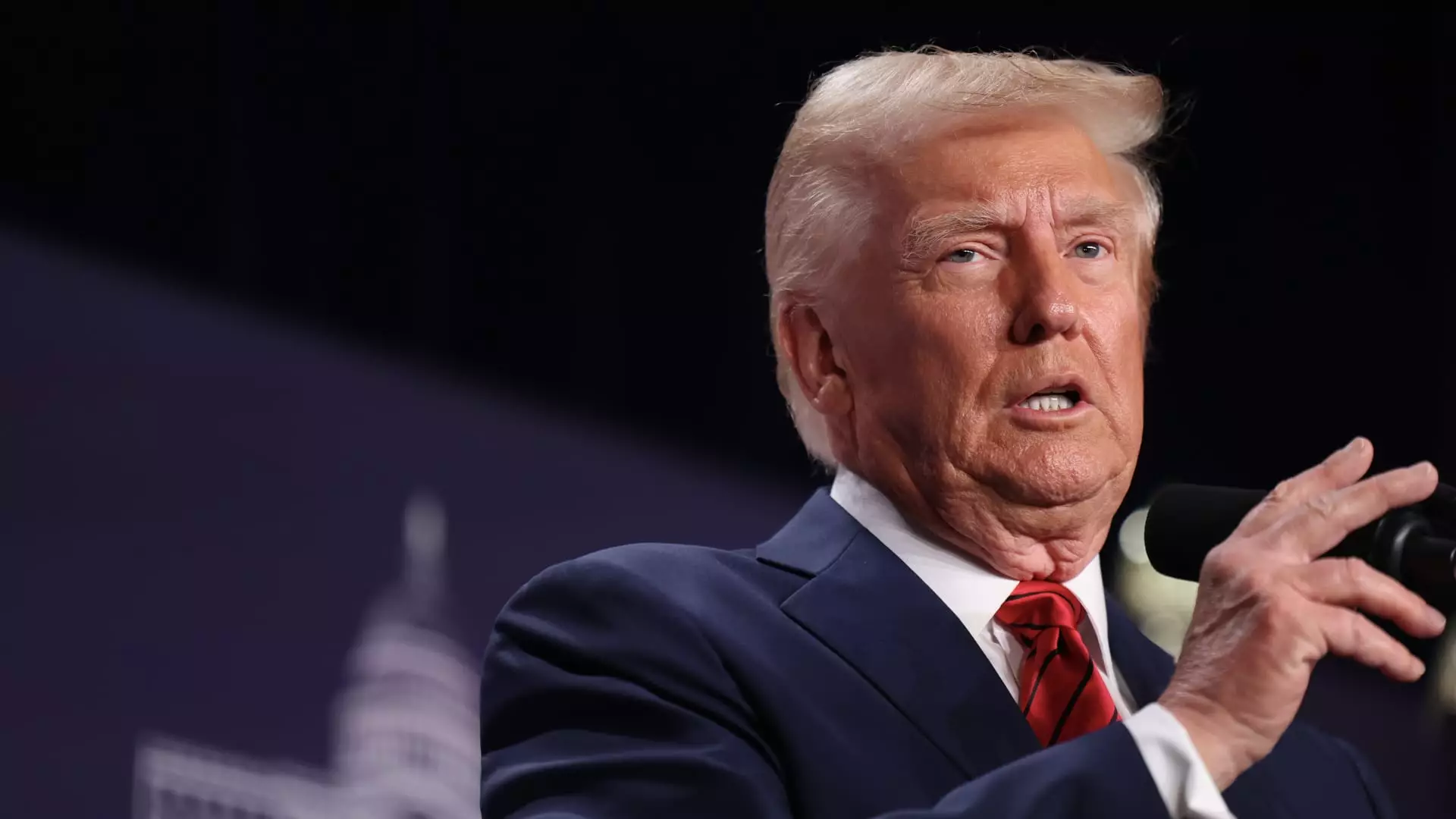Tariffs, defined as taxes imposed on imported goods, have become a central theme in economic discussions, especially under the administration of former President Donald Trump. Promised as tools for protecting domestic industries and promoting American job growth, tariffs have drawn considerable criticism from economists, who argue that they can lead to unintended negative consequences for consumers and the broader economy. As the U.S. prepares to reintroduce tariffs on key trading partners such as Canada, Mexico, and China, an evaluation of their implications becomes essential. This analysis delves into the motivations behind these tariffs, their anticipated effects on consumers, and the potential retaliatory measures from impacted nations.
In Trump’s economic doctrine, tariffs were heralded as instruments of protectionism aimed to rejuvenate American labor markets while reducing dependence on foreign imports. The administration projected that imposing substantial tariffs—25% on Canada and Mexico, and 10% on China—would stimulate domestic production and facilitate job creation. However, the administration’s optimism has been met with skepticism. Many economists, including Mary Lovely from the Peterson Institute, argue that the benefits for American workers often fail to materialize while the long-term economic repercussions could be severe.
Furthermore, these tariffs are not merely originating as a protective maneuver. The revenue generated from them is substantial, with projections estimating around $1.3 trillion by 2035. This income has been suggested to offset tax cuts that could otherwise burden the federal budget. Yet, this revenue becomes a double-edged sword; it raises questions about the efficacy of tariffs and their placement in the broader context of U.S. economic policy.
One of the most immediate effects of tariffs falls on U.S. consumers. As foreign companies face increased costs due to tariff impositions, these expenses are almost invariably passed down the supply chain. Products imported from the targeted countries, particularly consumer goods like electronics, clothing, and food, will likely see price hikes. As Lovely pointed out, the fundamentals of economics suggest that “part of these tariffs will be passed on to consumers,” indicating that Americans can expect not only increased prices but also a reduction in the variety of goods available in stores.
Additionally, there are specific sectors that will bear the brunt of these tariffs. For instance, industries reliant on components from China are at high risk, given that the country supplies a significant portion of consumer goods. Financial consulting experts have remarked on the potential inflationary pressures on food prices stemming from Canada’s and Mexico’s tariffs, as agricultural imports from these nations constitute a large volume of U.S. supplies.
It is critical to note that the actual implementation of tariffs involves intricate negotiations regarding exemptions. White House officials have hinted at the prospect of excluding specific items to alleviate consumer burdens, such as Canadian oil or certain agricultural goods. However, the uncertainty surrounding these exemptions introduces further complexity into the tariff narratives, as businesses and consumers alike are left guessing about final pricing structures.
Economic analysts also caution against the notion that exemptions will counterbalance the potentially chaotic outcomes of broad tariffs. Mark Zandi, chief economist at Moody’s, emphasized the unpredictability involved by suggesting that “there are always exemptions and carve-outs.” That said, it is crucial to highlight that even with potential carve-outs, the overarching situation is still poised to yield higher costs for the average U.S. household.
One of the most perilous prospects of implementing extensive tariffs is the likelihood of escalating retaliation from trading partners, particularly China. Historical patterns indicate that nations embroiled in trade disputes often employ reciprocal tariffs, which can spiral into full-blown trade wars. Previous retaliatory measures from China have hurt U.S. exports, and analysts predict a similar backdrop if tariffs are imposed anew.
Economists such as Lydia Cox point out that retaliatory tariffs may result not only in lost sales for U.S. exporters but also in increased rates for consumers, further complicating the economic landscape. The risk does not stop there; a shrinking job market may also result from reduced competitiveness of U.S. goods in international markets.
While the implementation of tariffs appears to be a straightforward solution to bolster the U.S. economy, the reality is that their implications are multifaceted and laden with risk. As consumers face rising costs and fewer choices in the market, it’s evident that the promise of tariffs is being challenged by economic fundamentals. Moreover, the potential for retaliatory measures complicates the situation, as trade wars not only disrupt the intended benefits but can also lead to job losses across various sectors.
As policymakers navigate these treacherous waters, a rigorous examination and a balanced approach to trade may prove vital for fostering genuine economic growth that benefits American households without stifling opportunities for collective advancement in the global economic arena.

